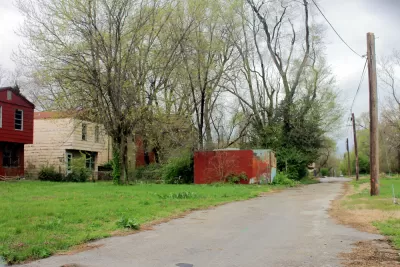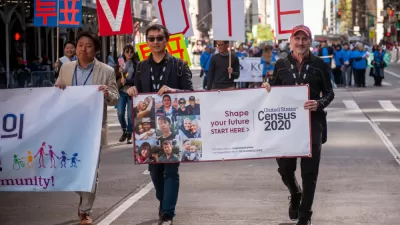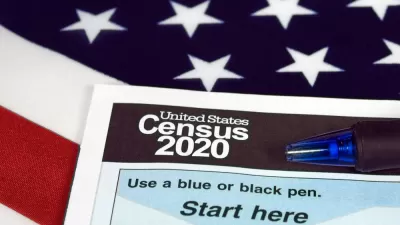A pair of reports analyzing U.S. Census Bureau poverty data from the last two decades show that high-poverty neighborhoods have become further impoverished.

Two reports published by the Economic Innovation Group in May cover U.S. Census Bureau poverty data between 1980 and 2018. The reports found that since 1980, the number of neighborhoods below the poverty line has roughly doubled. Areas marked as low-income neighborhoods in the '80s became poorer by 2018, for the most part.
"Just as the number of poor metro neighborhoods has doubled, so has the number of people living in them — 24 million people were living in these high-poverty communities in 2018, according to the research," writes Marie Patino in coverage of the new reports. The research shows that most people living in poverty live in high-poverty areas.
Patino recounts that while these upsetting trends are clear, the authors spent little time in the report speaking to what can be done to reverse the trend. It remains the case that low-income areas tend to be more crowded, and their residents at even higher risk of contracting the coronavirus. "Those factors also make low-income areas in the U.S. an easy target for epidemics," says Patino.
FULL STORY: Poor Neighborhoods Are Only Getting Poorer

Alabama: Trump Terminates Settlements for Black Communities Harmed By Raw Sewage
Trump deemed the landmark civil rights agreement “illegal DEI and environmental justice policy.”

Study: Maui’s Plan to Convert Vacation Rentals to Long-Term Housing Could Cause Nearly $1 Billion Economic Loss
The plan would reduce visitor accommodation by 25% resulting in 1,900 jobs lost.

Planetizen Federal Action Tracker
A weekly monitor of how Trump’s orders and actions are impacting planners and planning in America.

Waymo Gets Permission to Map SF’s Market Street
If allowed to operate on the traffic-restricted street, Waymo’s autonomous taxis would have a leg up over ride-hailing competitors — and counter the city’s efforts to grow bike and pedestrian on the thoroughfare.

Parklet Symposium Highlights the Success of Shared Spaces
Parklets got a boost during the Covid-19 pandemic, when the concept was translated to outdoor dining programs that offered restaurants a lifeline during the shutdown.

Federal Homelessness Agency Places Entire Staff on Leave
The U.S. Interagency Council on Homelessness is the only federal agency dedicated to preventing and ending homelessness.
Urban Design for Planners 1: Software Tools
This six-course series explores essential urban design concepts using open source software and equips planners with the tools they need to participate fully in the urban design process.
Planning for Universal Design
Learn the tools for implementing Universal Design in planning regulations.
Caltrans
Smith Gee Studio
Institute for Housing and Urban Development Studies (IHS)
City of Grandview
Harvard GSD Executive Education
Toledo-Lucas County Plan Commissions
Salt Lake City
NYU Wagner Graduate School of Public Service





























